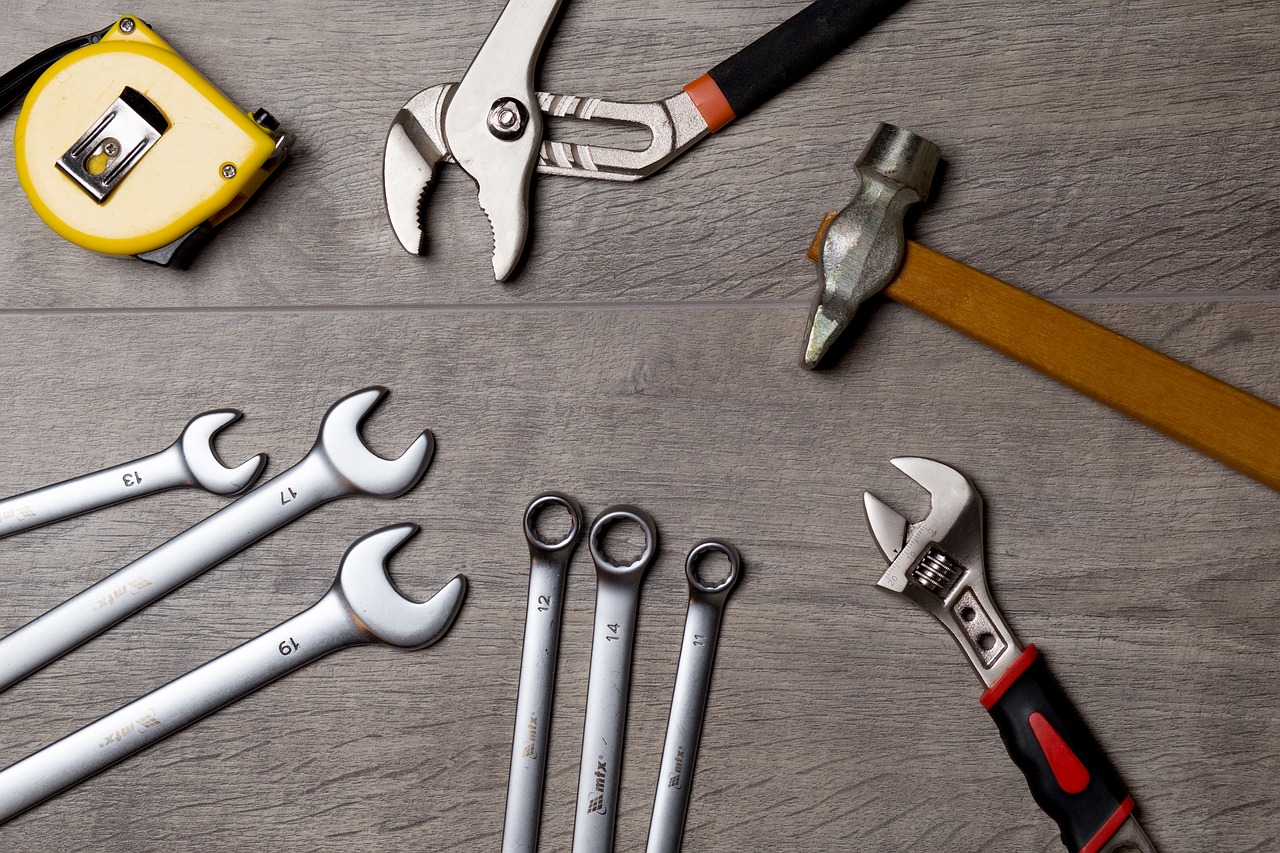One of the best parts of owning a home is being able to make it your own. If you’re a first-time homeowner, then it’s likely that you’re eager to take the necessary measures to create an environment that feels like a true extension of yourself. While work that involves structural changes, plumbing, roof replacement, and anything dealing with electrical wiring needs to be handled by a professional (for both safety and permit reasons), there are several DIY projects that only require proper equipment and a little patience. Here’s how to get started making the home of your dreams.
Add Curb Appeal
Along with being beautiful to look at, landscaping can increase the value of your home. Trimming the lawn and plucking weeds are obvious forms of maintenance, but adding a flower “carpet” is an easy way to add florals with little effort. Curb appeal also includes having an entrance that makes an impression, so consider replacing (or painting) the front door and updating your mailbox, address numbers, and lighting fixtures.
Weatherproof Your Windows
If you want to cut down on your energy bills while making the temperature of your home comfortable year-round, pick up a tube of caulk or a tube of weather stripping and weatherproof your windows. Up the ante by applying window insulation film to the panes.
Replace Dated Hardware
Simply replacing knobs and pulls on cabinets and drawers can make them look more modern without having to invest in replacing the entire unit. Make this project easier on yourself by looking for hardware with similar holes so you don’t have to drill new ones.
Revamp Your Backsplash
A backsplash in the bathroom or kitchen is a great first-timer project — especially since there are now peel-and-stick tiles that make it easier than ever. The removal of the old material may actually take you more time than the new installation.
Install Crown Molding
Nothing makes a room look more elegant and design-focused than crown molding. You don’t want to rush this job, however, as you have to make sure you accurately measure the wood and cut the corners at an angle so you have a tight fit.
DIY Safety
Even pros need to execute proper safety tactics, so make sure you know the risks of each project you’re tackling before going in blindly. Basic DIY safety tips include dressing the part (no loose clothing, hair tied back, supportive/protective shoes, and goggles if necessary), understanding how to use power tools before starting a project, keeping kids and pets out of the way, and using a ladder properly. The majority of accidents occur due to improper ladder placement, so be mindful of the four-to-one rule. For every four feet in ladder height, the bottom should be one foot away from the wall it’s leaning up against. Make sure you have a fully-stocked first aid kit on-hand in case of any emergencies. If you start a project and feel as though you’ve bitten off more than you can chew, don’t force yourself to complete it if you don’t feel confident. Not only could you create damage that might lead to costly repairs, but you’re also putting yourself at risk for injury. Safety should always be the top priority.
Before starting any projects, make a list of all the things you’d like to change in your home so you can create a budget. Next, prioritize which tasks you’d like to tackle first and create target completion dates for the others. Keep in mind that as a homeowner, you’re also going to have to prepare for those unexpected repairs that pop up along the way, so budget accordingly.
Photo via Pixabay

